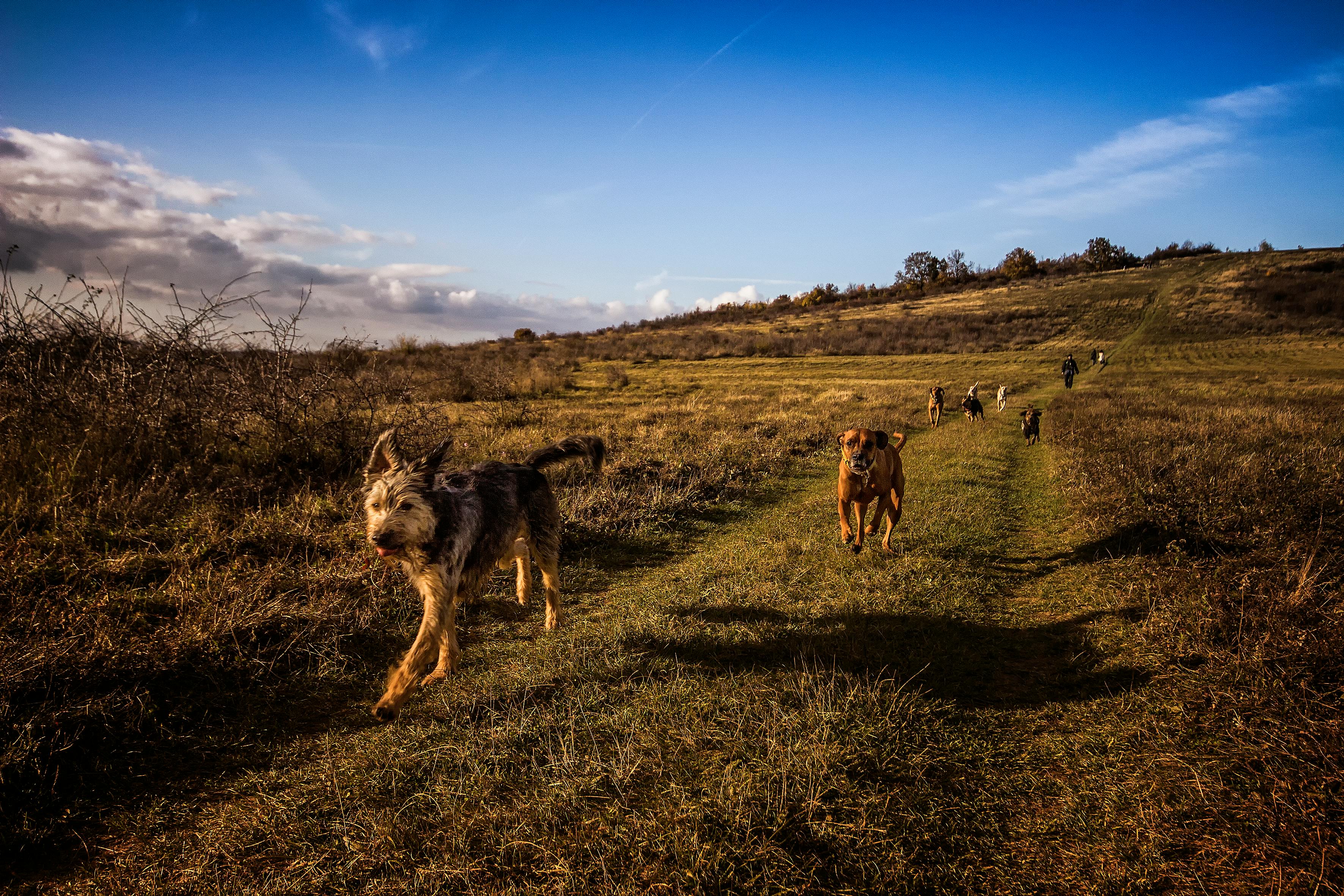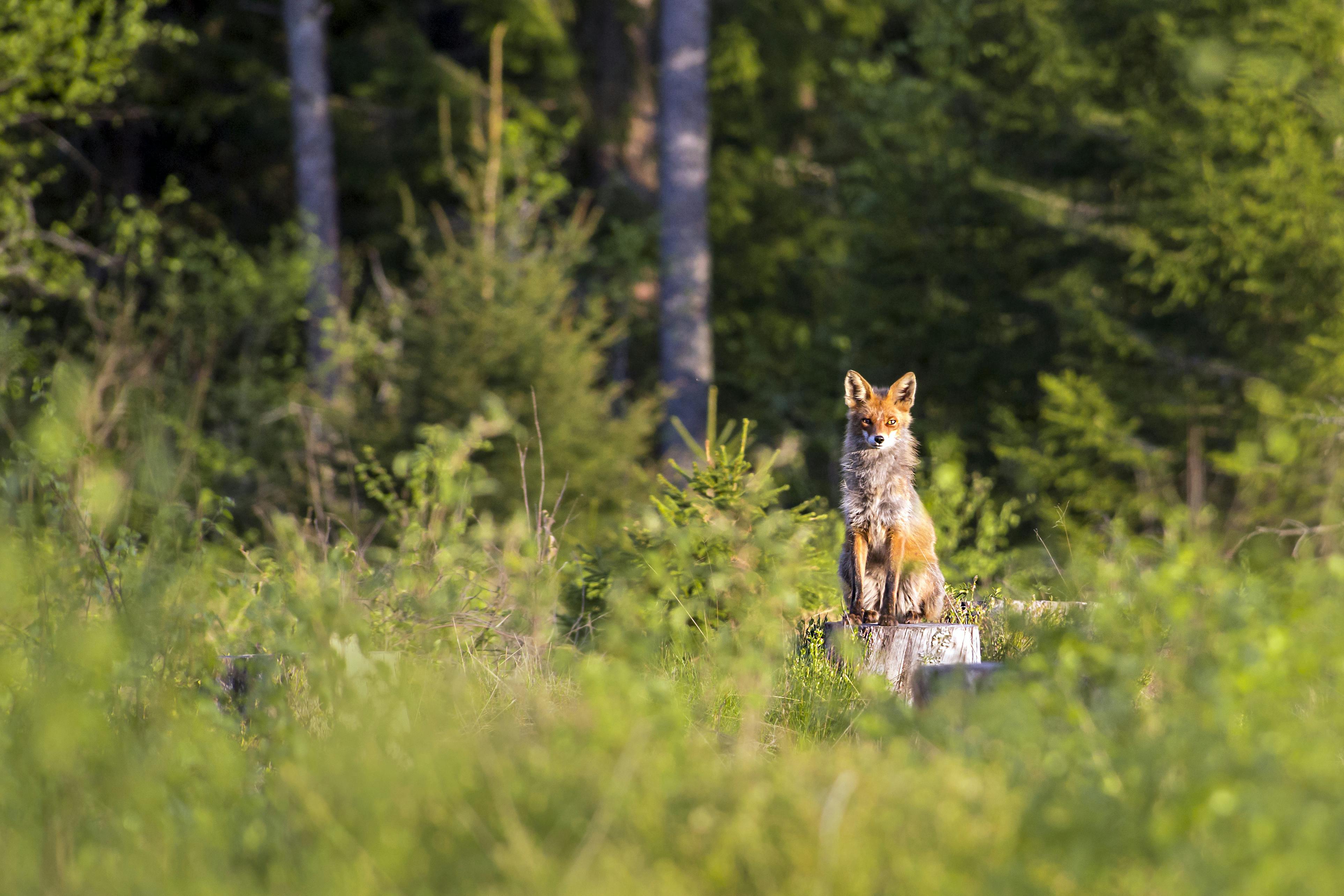Among all the animals in the world, it is the faithful dog that evokes the most positive emotions in people. Being pack animals, dogs are known for their loyalty and fidelity to their masters. These animals can also prove to be faithful companions when times are tough. As such, there is a growing bond between humans and dogs that spans a multitude of cultures. This is what gives way to the symbolism of dogs in Tibetan Buddhism. In this mode of Buddhism, dogs are elevated far beyond being pet mothers. Instead, they take on many components of religious symbolism. This is why the imagery of dogs in Tibetan Buddhism deserves closer examination. Such exploration will reveal much of the somewhat hidden symbolism these four-legged creatures represent.
One of the common questions that people ask is the notion of what it means to be a human being. The answer commonly given in some Tibetan Buddhist circles will be “What is the meaning of being a dog?” Such a riddle can definitely turn people off because it raises a number of interesting philosophical and humanistic points. In particular, it shows that the answer to what it is like to be any kind of living creature is not easy to come by. In an expansion of this symbolic koan, many Tibetan monks have become dog breeders and handlers. They will then integrate dog care into their daily spiritual practice. This allows them to look at the animals. From this, they can make comparisons between the animals and the humans who care for them. This opens the door to a deeper understanding of the human condition and human nature. Or at least that’s the common plan….
However, to call the process in which the monks raised the dogs mere breeding would be to downplay the great efficiency that they perform with their tasks. The process is more than just raising the dogs and finding them a home. It’s also about raising the dogs and being more in tune with the animals’ needs. Dogs will obviously communicate differently than humans. As such, it becomes necessary for Tibetan monks to pay close attention to the dog’s body language, behavior and actions. This improves the ability to train the dog effectively. It also enhances the potential to understand human behavior during this process.
By having to pay close attention to the dog’s behavior and communications, monks develop a sense of being attuned to the reactions of living things. This makes them more aware of others and such skills can certainly enhance the potential to work, live and coexist with others. This can lead to a more harmonious life which can improve the quality of human life to a great extent.
This is the end result of a lifetime of developing intuitive skills derived from caring for their beloved dogs. Such skills are embedded in many other areas and aspects of life and this is certainly a good thing. So you could consider the Tibetan monks’ dog breeding as a gateway to their soul. In many ways, there is an integration of all living things as they must be harmonious and coexist. If not, then it would be nearly impossible for anyone to live a life worth living. Rather, they would be living in conflict with others, which is certainly not a useful means. The concept of breeding dogs in Tibetan monasteries plays an important role in this regard.



